10 Best Herbal Essential Oils For Bee Sting

Herbal essential oils, such as lavender, chamomile, and peppermint, are often used for their soothing and anti-inflammatory properties, making them a popular natural remedy for bee stings.
These oils can help reduce pain, swelling, and irritation by calming the skin and promoting healing. However, it is important to dilute essential oils with a carrier oil before applying them to the skin to avoid irritation or allergic reactions. While they may offer relief, they should not replace professional medical treatment for severe allergic reactions.
Always consult with a healthcare provider before using essential oils, especially if you have known sensitivities or are using them on children or pets.
FREE Herb Drying Checklist
How to make sure every batch retains maximum flavor, color, and aroma without the risk of mold or over-drying. Eliminate guesswork and trial-and-error, making herb drying faster, easier, and more efficient every time.
Table of Contents
1. Lavandula angustifolia
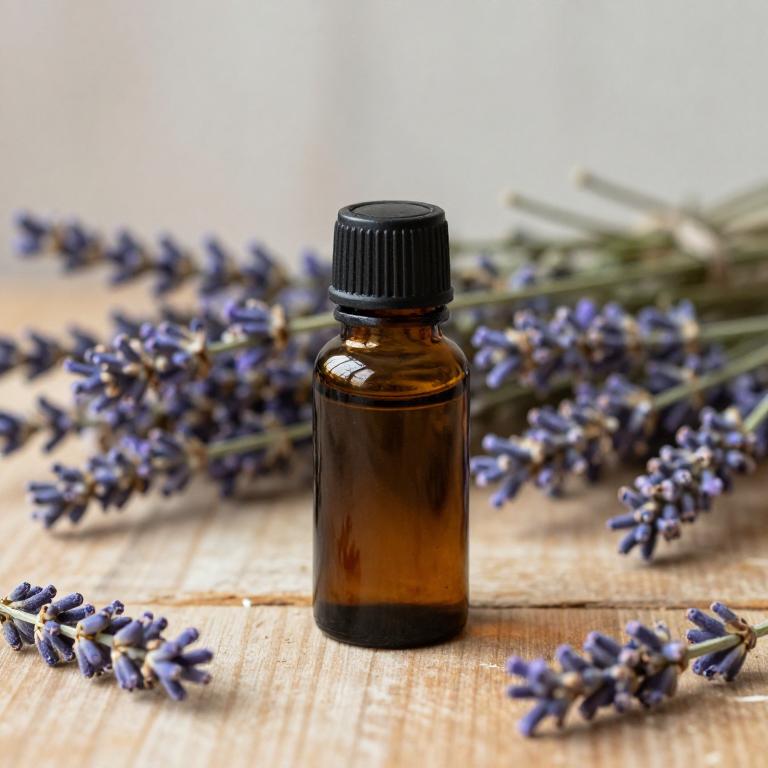
Lavandula angustifolia, commonly known as English lavender, is widely recognized for its calming properties and therapeutic benefits, including its potential to alleviate symptoms associated with bee stings.
The essential oil derived from this plant contains compounds such as linalool and linalyl acetate, which possess anti-inflammatory and analgesic properties that may help reduce pain and swelling. When applied topically, lavender essential oil can soothe the skin and promote healing after a bee sting. However, it is important to dilute the oil with a carrier oil before application to avoid skin irritation.
While lavender essential oil can be a helpful complementary remedy, it should not replace professional medical advice, especially for severe reactions.
2. Chamomilla recutita
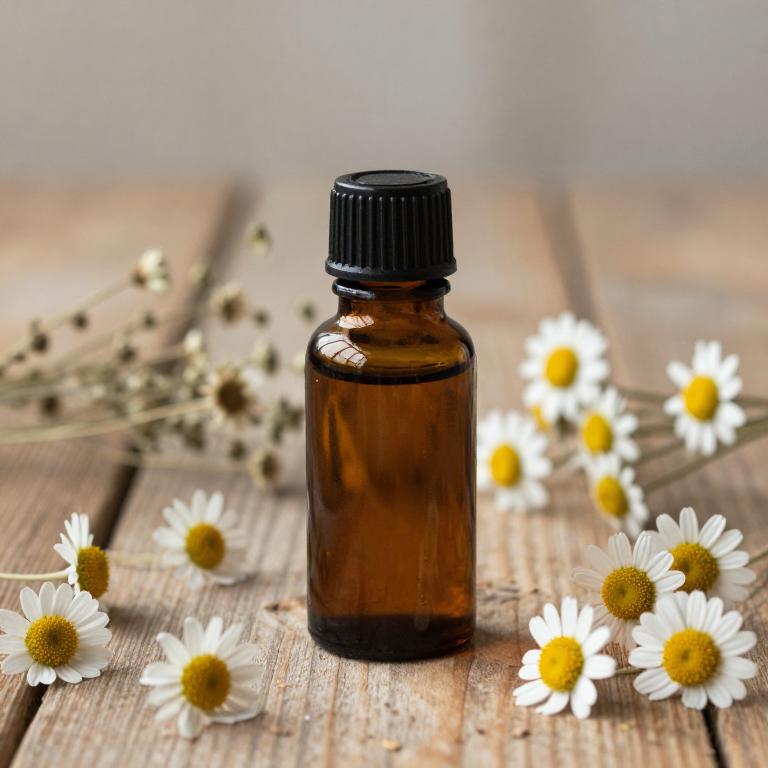
Chamomilla recutita, commonly known as German chamomile, is widely used in herbal medicine for its calming and anti-inflammatory properties.
Its essential oil, derived from the flowers through steam distillation, contains compounds like bisabolol and chamazulene, which are known for their soothing effects. When applied topically, chamomile essential oil can help reduce redness, swelling, and irritation caused by bee stings. However, it should always be diluted with a carrier oil to avoid skin irritation.
This natural remedy is a popular choice for those seeking a gentle, plant-based solution to alleviate the discomfort of bee stings.
3. Achillea millefolium
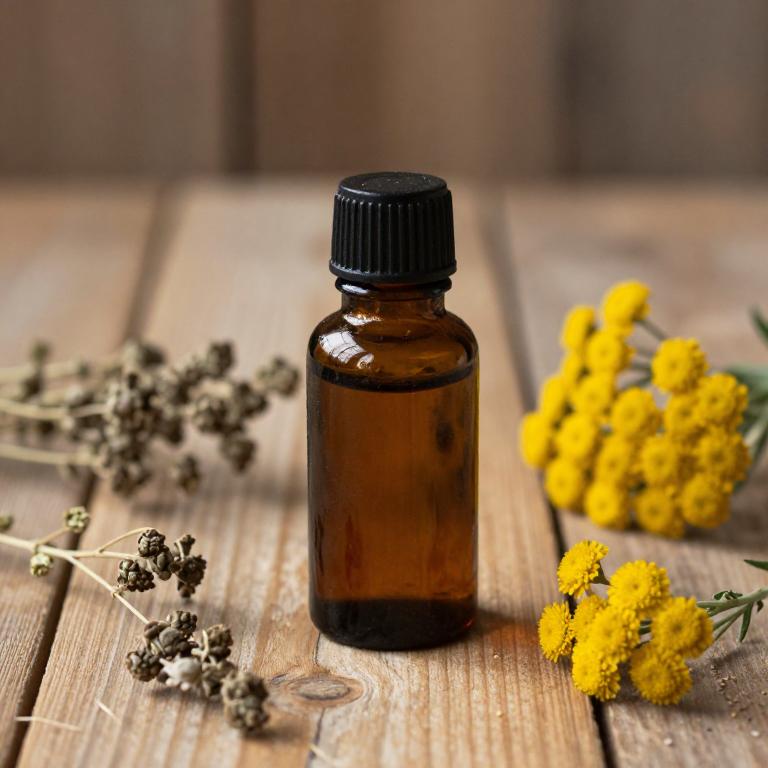
Achillea millefolium, commonly known as yarrow, contains essential oils that have been traditionally used for their anti-inflammatory and antiseptic properties.
These essential oils may help reduce swelling and pain associated with bee stings by calming the inflammatory response in the affected area. The primary compounds in yarrow essential oil, such as chamazulene and bisabolol, contribute to its soothing and healing effects. While it is not a direct antidote for bee venom, it can support the body's natural healing process and provide relief from discomfort.
As with any essential oil, it should be diluted properly and used with caution to avoid skin irritation.
4. Melissa officinalis
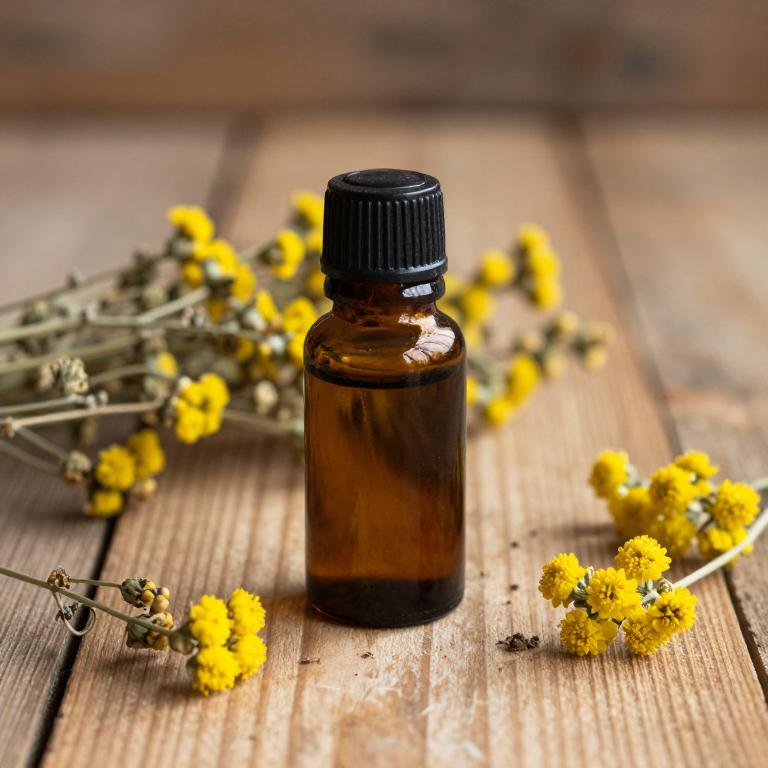
Melissa officinalis, commonly known as lemon balm, is a versatile herb that has been traditionally used for its calming and healing properties.
Its essential oil, derived from the leaves of the plant, contains compounds such as linalool and camphor, which are known for their anti-inflammatory and analgesic effects. When applied topically, Melissa officinalis essential oil can help reduce the swelling, redness, and pain associated with bee stings by soothing the irritated skin. It is often diluted with a carrier oil before application to prevent skin irritation.
This natural remedy is a popular alternative for those seeking a holistic approach to managing the discomfort of bee stings.
5. Hypericum perforatum

Hypericum perforatum, commonly known as St. John's Wort, contains essential oils that have been traditionally used for their anti-inflammatory and analgesic properties.
These essential oils may help reduce the pain and swelling associated with bee stings by inhibiting inflammatory responses in the body. However, it is important to note that the use of St. John's Wort essential oils for bee stings should be approached with caution, as they can interact with certain medications and may cause skin irritation in some individuals. While some studies suggest potential benefits, more research is needed to confirm its efficacy and safety for this specific application.
As with any herbal remedy, it is advisable to consult a healthcare professional before using hypericum perforatum essential oils for bee sting treatment.
6. Rosa canina
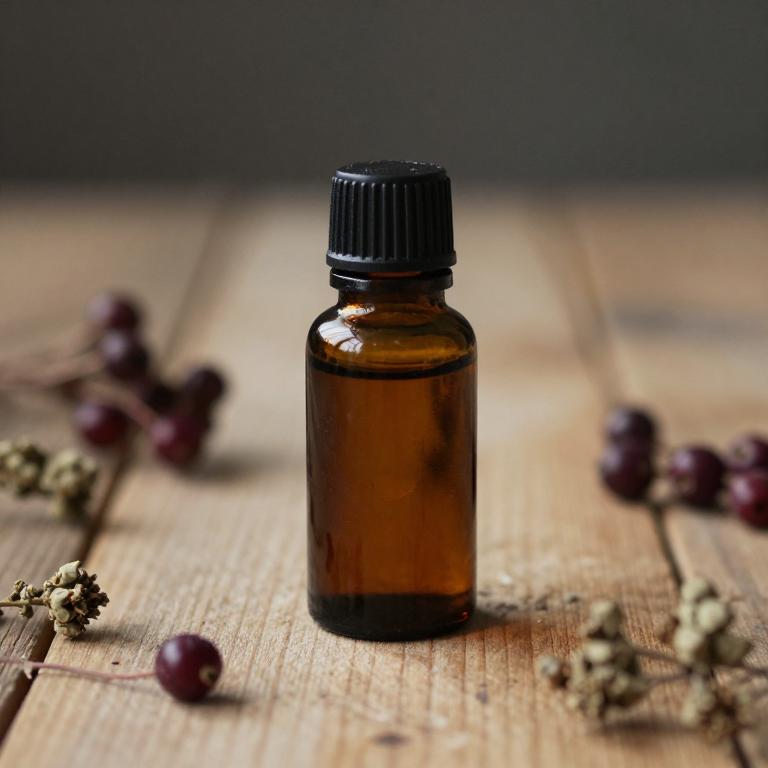
Rosa canina, commonly known as dog rose, contains essential oils that have been traditionally used for their anti-inflammatory and soothing properties.
These oils may help reduce the pain and swelling associated with bee stings by calming the inflammatory response in the skin. The aromatic compounds in Rosa canina essential oil can also provide a calming effect, helping to ease the discomfort and anxiety that often accompany a bee sting. While it is not a substitute for medical treatment, it can be used as a natural remedy to support healing and relief.
As with any essential oil, it should be diluted properly and used with caution to avoid skin irritation.
7. Urtica dioica

Urtica dioica, commonly known as stinging nettle, contains various bioactive compounds that may offer relief from bee sting symptoms when used in the form of essential oils.
The essential oils derived from Urtica dioica are believed to have anti-inflammatory and analgesic properties, which can help reduce pain and swelling associated with bee stings. These oils can be diluted with a carrier oil and applied topically to the affected area for localized relief. However, it is important to note that direct application of undiluted nettle essential oil may cause irritation, so proper dilution is essential.
While some anecdotal evidence supports its use, more scientific research is needed to fully validate its effectiveness for bee sting relief.
8. Thymus vulgaris

Thymus vulgaris, commonly known as thyme, is a popular herb used in the production of essential oils that are valued for their antimicrobial and anti-inflammatory properties.
When used in the context of bee sting relief, thymus vulgaris essential oil can help reduce swelling, redness, and pain by promoting cellular repair and inhibiting bacterial growth. However, it is important to dilute the oil properly with a carrier oil before applying it to the skin to avoid irritation. The aromatic compounds in thyme oil, such as thymol, contribute to its effectiveness in soothing insect bite symptoms.
While thymus vulgaris essential oil can be a natural remedy for bee stings, it should not replace professional medical care for severe reactions.
9. Arnica montana
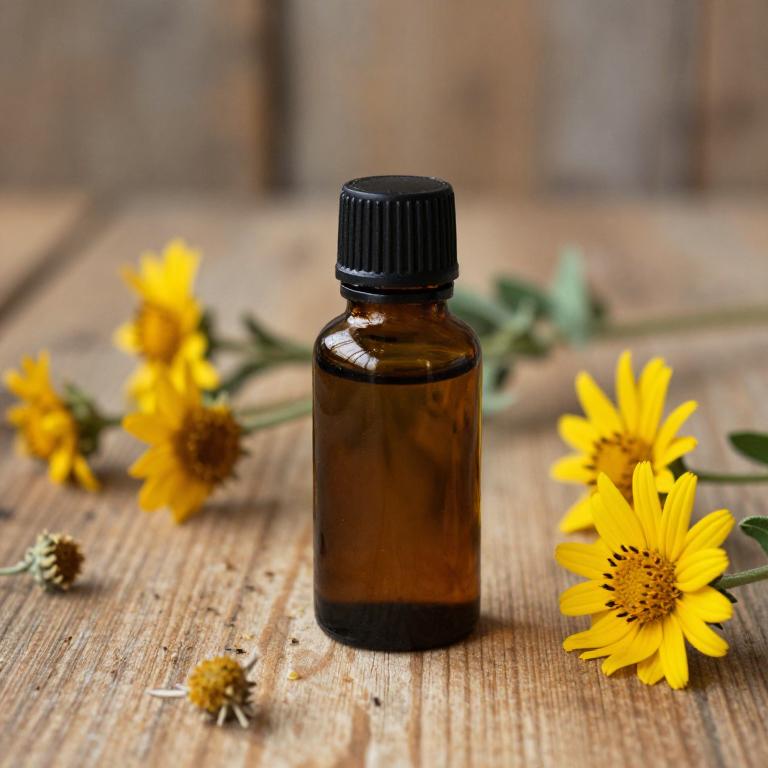
Arnica montana essential oil is commonly used for its anti-inflammatory and pain-relieving properties, making it a popular natural remedy for bee sting relief.
When diluted properly with a carrier oil, it can help reduce swelling, redness, and discomfort caused by bee stings. However, it is important to note that arnica should never be applied undiluted, as it can cause skin irritation or allergic reactions. Some people may find it more effective than traditional treatments like hydrocortisone or antihistamines.
While it offers a natural alternative, it is always advisable to consult a healthcare professional before using it, especially for severe reactions or if you have sensitive skin.
10. Calendula officinalis
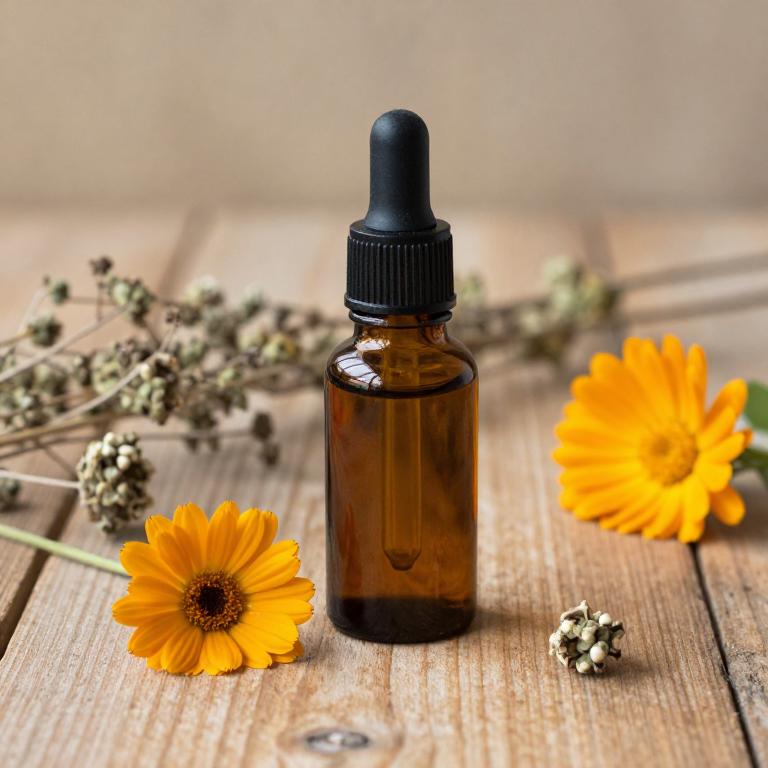
Calendula officinalis, commonly known as pot marigold, produces a rich herbal essential oil that is often used for its soothing and anti-inflammatory properties.
This essential oil is derived through steam distillation of the flowers and contains compounds like sesquiterpene hydrocarbons and flavonoids, which contribute to its therapeutic effects. When applied topically, calendula essential oil can help reduce redness, swelling, and irritation caused by bee stings due to its natural antiseptic and analgesic qualities. However, it is important to dilute the essential oil with a carrier oil before applying it to the skin to avoid irritation.
Overall, calendula officinalis essential oil offers a natural and effective remedy for alleviating the discomfort associated with bee stings.